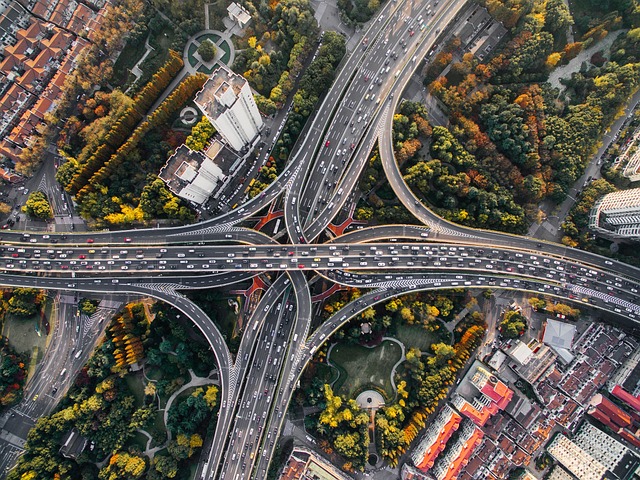As cities around the globe continue to grapple with the challenges of congestion, pollution, and climate change, the emergence of green transportation networks is paving the way for a more sustainable urban future. With the increasing awareness of our environmental impact, urban dwellers are seeking efficient, eco-friendly alternatives to traditional modes of transportation, embracing a new era of mobility that aligns with their values.
At the heart of this revolution are innovative technologies that enhance the efficiency and accessibility of public transportation, cycling, and walking. Electric buses and trams, alongside e-bikes, are becoming commonplace, and technology is at the forefront of this transition. Smart apps now provide real-time information to commuters, making it easier than ever to navigate through a city’s transport offerings and choose the most sustainable options. The seamless integration of different modes of transport encourages individuals to leave their cars behind, fostering a culture of responsible commuting.
However, with this technological advancement comes a need for enhanced technology etiquette. As we adopt new modes of transport like e-scooters and shared bikes, we must remain aware of our surroundings and respect fellow commuters. Rider behavior can significantly influence the perception of these green alternatives. Consideration for pedestrians and other cyclists becomes paramount in ensuring that these innovations are welcomed rather than resented. As urban spaces become more crowded with various forms of transportation, the onus is on users to maintain a harmonious environment that promotes safe and efficient travel for everyone.
This shift towards green transportation networks also reflects a broader social trend of sustainability. More than just a mode of transport, these networks symbolize a community commitment to reducing carbon footprints and preserving urban environments. People are increasingly conscious of their transportation choices, recognizing that every decision contributes to the larger goal of sustainability. Public campaigns to raise awareness about the benefits of walking, cycling, and utilizing public transport are resonating with individuals who seek to contribute positively to their communities.
Moreover, as cities invest in infrastructure that supports green transportation, such as dedicated bike lanes and pedestrian-friendly zones, we witness a fundamental change in the urban landscape. Parks are flourishing, once-bustling roads are transformed into vibrant pedestrian pathways, and neighborhoods are becoming more interconnected. This evolution not only improves air quality and reduces noise pollution but also fosters a sense of community, prompting social interactions among residents which deepen social ties.
The rise of green transportation networks is not just an environmental necessity; it is part of a cultural shift where the values of sustainability, innovation, and community intertwine. As we continue to embrace solutions that prioritize our planet’s health, we must partake in shaping the norms and behaviors that underline this transformation. Each ride, each decision to walk instead of drive, creates a ripple effect that inspires others to follow suit, cultivating a movement rooted in ecological mindfulness.
As we look ahead, it is crucial to support local efforts to expand these green transportation networks. Collaborating with city planners and advocating for policies that promote sustainable mobility can make a tangible difference. Citizens can contribute their voices to community discussions, shaping legislation that benefits both the environment and residents’ quality of life. By taking part in this dialogue, we collectively foster a future where urban mobility is reimagined, paving the way for a healthier and more sustainable environment for generations to come.




